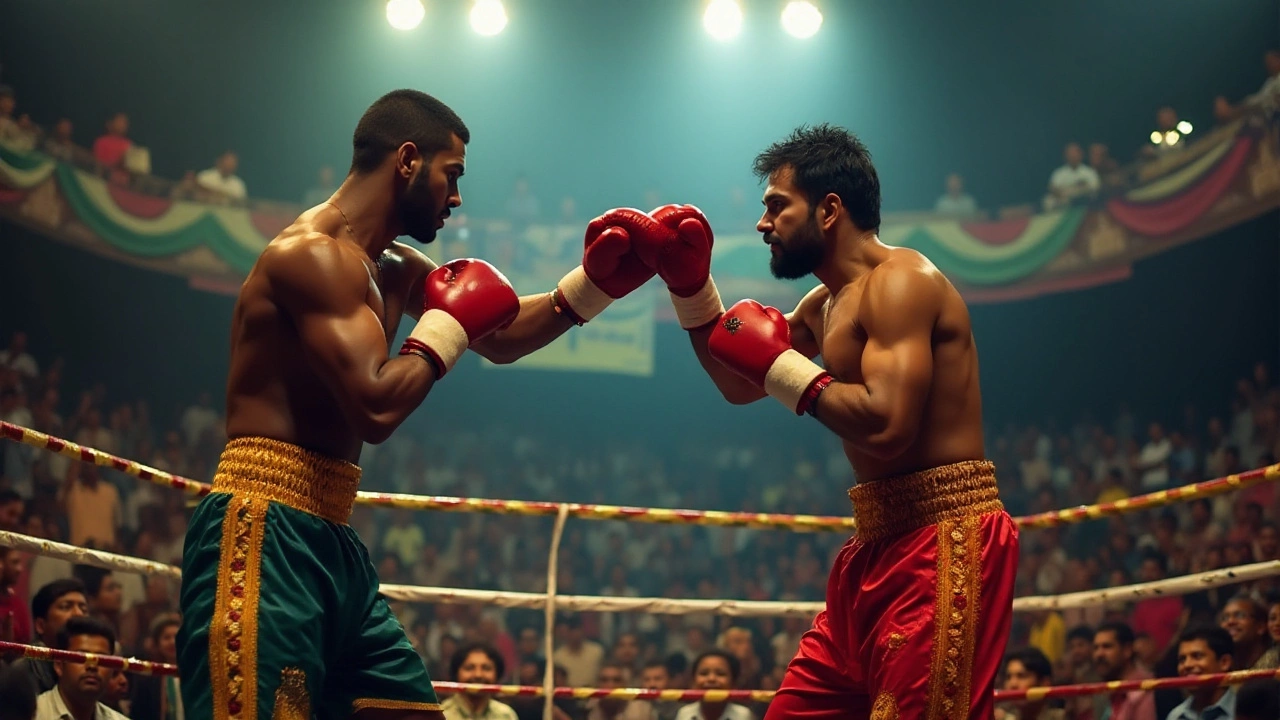Boxing Match Structure Explained – What Happens in Every Fight
If you’ve ever watched a fight and wondered why it’s broken into short bursts, you’re not alone. Boxing matches follow a strict format that keeps the action fair and exciting. Below we break down the basics you need to know before you step into the arena or grab the remote.
Rounds, Time Limits & Rest Periods
A professional bout usually runs 12 rounds, each lasting three minutes. Amateur fights are often shorter – four to eight rounds – but the three‑minute rule stays the same. After every round, fighters get a one‑minute rest. This pause lets them catch their breath, get advice from their corner, and let the referee check for injuries.
Each round starts with the bell, and the fighters must be inside the ring before the count reaches ten. If a boxer is knocked down, the referee starts a ten‑second count. If the boxer can’t stand up before the count ends, the fight is over.
Scoring System and Judges
Boxing uses the 10‑point must system. Three judges watch the fight from different angles and give each round a score. The winner of the round gets 10 points, the other boxer usually gets 9 or less. If there’s a knockdown, the round might be scored 10‑8. A clear dominance could even be 10‑7.
After the final bell, the judges add up their scores. If two or more judges have the same boxer ahead, that boxer wins by decision. If the scores are tied, it’s called a draw.
Besides scoring, judges also watch for fouls – headbutts, low blows, or hitting after the bell. A serious foul can lead to point deductions or even disqualification.
Now that you know the basics of rounds and scoring, let’s look at the other pieces that shape a match.
Every bout has a weight class, which ensures fighters are evenly matched. Common classes range from flyweight (up to 112 lb) to heavyweight (over 200 lb). Before a fight, both boxers step on a scale at the weigh‑in, usually 24 hours before the event. Missing weight can result in fines or the bout being called off.
The equipment is simple but essential. Boxers wear hand wraps, gloves (usually 8‑10 oz for professionals), a mouthguard, and a protective cup. In some amateur leagues, headgear is mandatory to reduce cuts.
The referee stands between the fighters, enforcing rules and stopping the fight if needed. They can issue warnings, count knockdowns, or halt the bout for safety.
Finally, the corner team – trainer, cutman, and sometimes a doctor – plays a huge role. They give tactical advice, heal cuts, and keep the boxer focused during those one‑minute breaks.
Understanding the structure of a boxing match makes it easier to follow the action and appreciate each opponent’s strategy. Next time you watch a fight, you’ll know why the bell rings, what the judges are looking for, and how a champion is truly decided.
